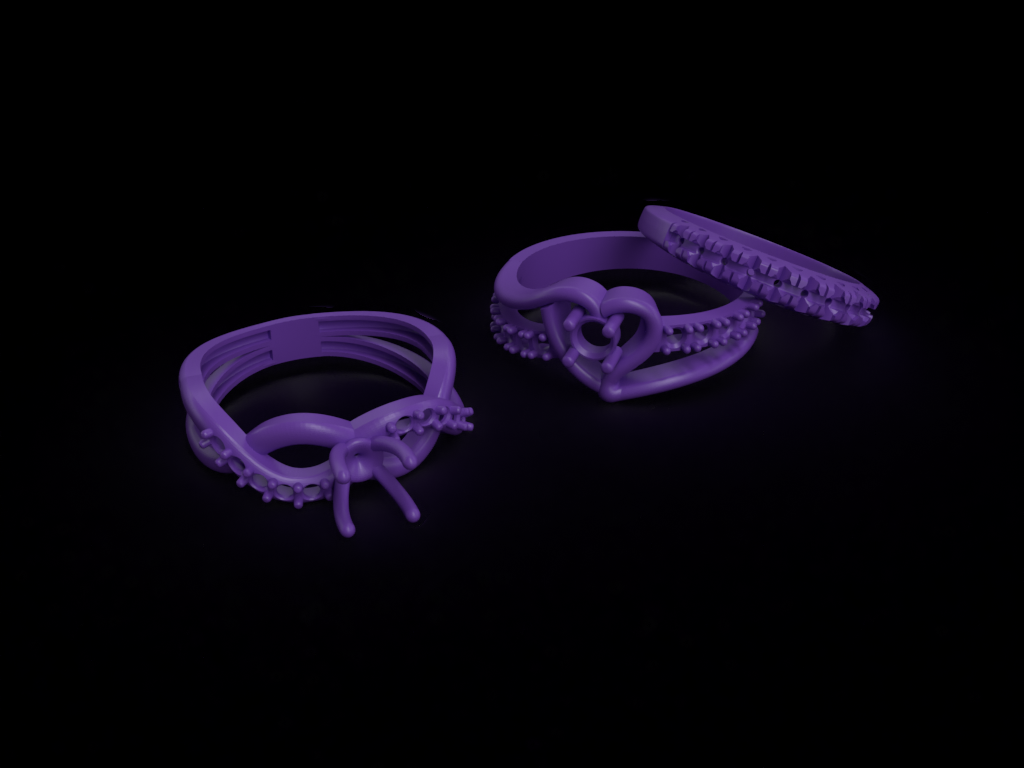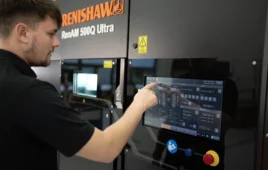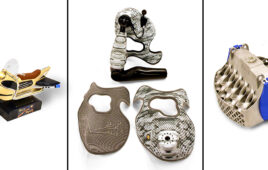PostProcess announced a new solution for wax support removal as a part of its offering of automated and intelligent additive manufacturing post-process solutions. After extensive development and testing, a chemistry formulation, PLM-601-SUB, allows wax support removal on even the most intricate and delicate build parts. This proven detergent plays a significant role in patented Submersed Vortex Cavitation (SVC) technology, which uses software intelligence to ensure that 3D printed parts are uniformly, consistently, and reliably exposed to detergent as they undergo post-printing for precision finished parts.
3D Printed wax casting is widely adopted across many industries and is especially useful for luxury and jewelry makers due to its ability to make highly detailed patterns for lost wax casting. Due to the fragile nature and high breakage rate of these 3D printed parts, highly trained technicians are required, which forces overall low productivity. Traditional wax support removal requires processing with IPA, which is typically time-intensive with a multi-step process, inconsistent, and requires extensive manual labor with high technician attendance time. Safety concerns are associated with this form of support removal due to the necessity of heating the highly flammable IPA bath. The low longevity of IPA also has a negative impact on the environment due to the large amounts of waste generated.
The proprietary formulation of PLM-601-SUB detergent was developed specifically to solve these wax support removal concerns. PostProcess’s new solution has a flashpoint of 200°F (93°C) with low volatility and 2-3 times the longevity of other solvents. Large batches of small 3D printed parts can be processed in the DEMI family of solutions with software-controlled parameters, making the process safe and easy for operators. Full batches can be processed in approximately 30 minutes, significantly reducing the technician time typically required to remove wax from parts.
“This latest innovation from PostProcess for automated wax support removal reinforces our commitment to providing the additive industry with transformative post-printing solutions,” stated Matthew Noble, Lead Chemist from PostProcess. “Effective wax support removal is a well-known obstacle for the industry. We are pleased to solve this post-processing challenge with a comprehensive solution that includes our newest industry-unique detergent.”
PostProcess
www.postprocess.com
Filed Under: Make Parts Fast





